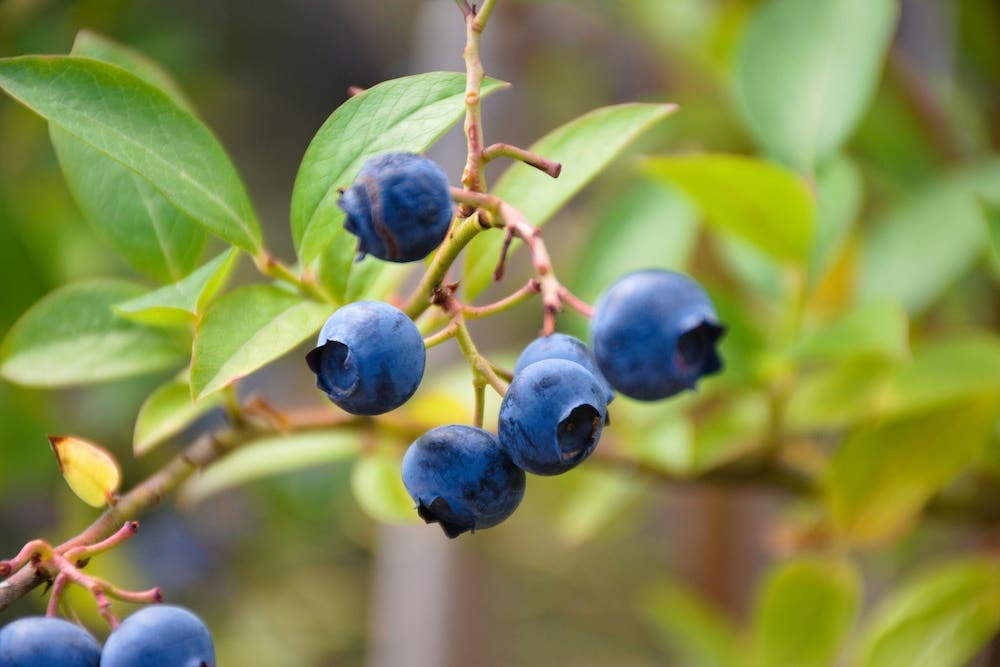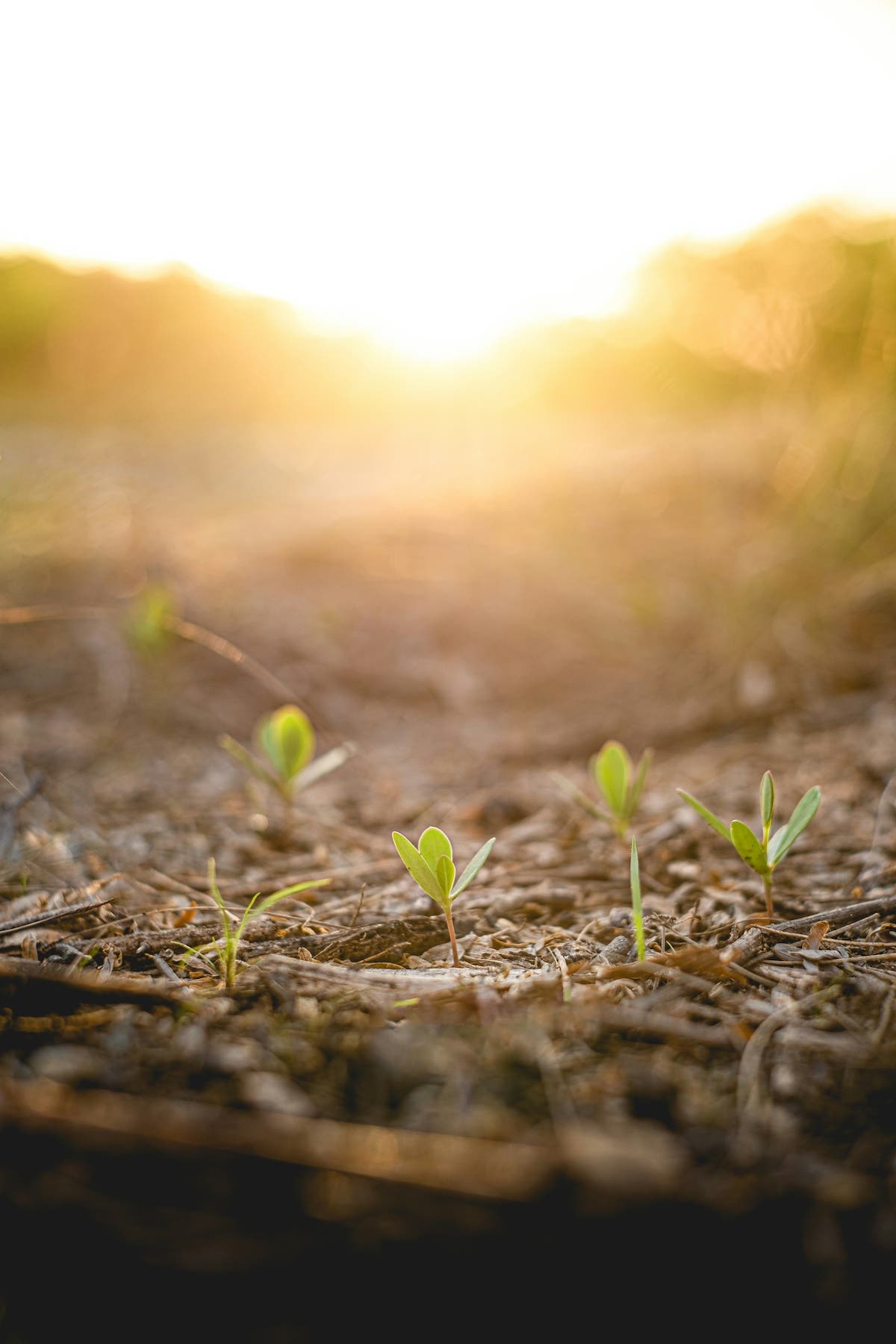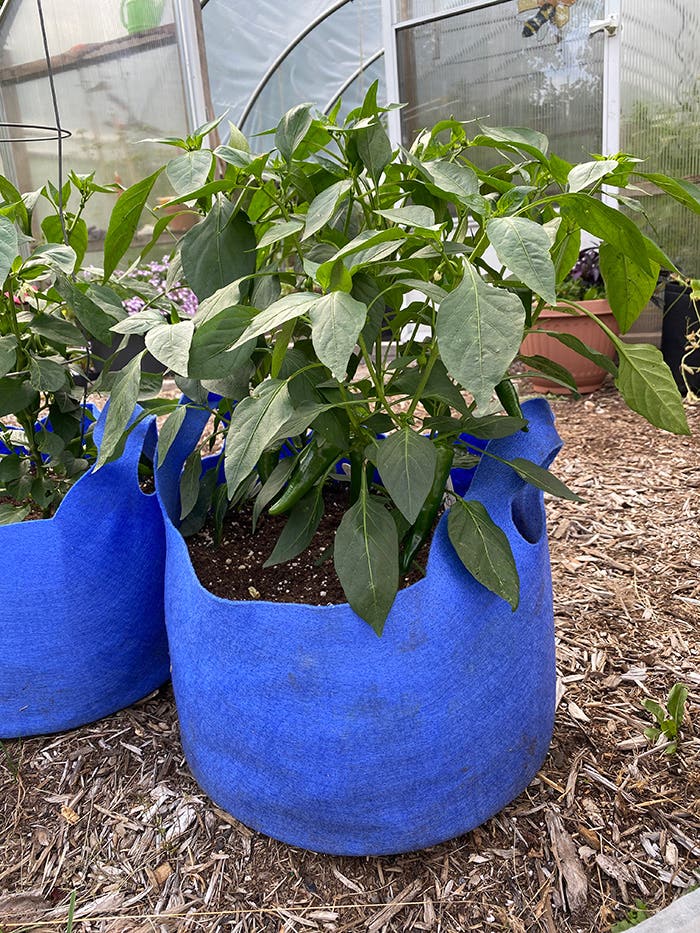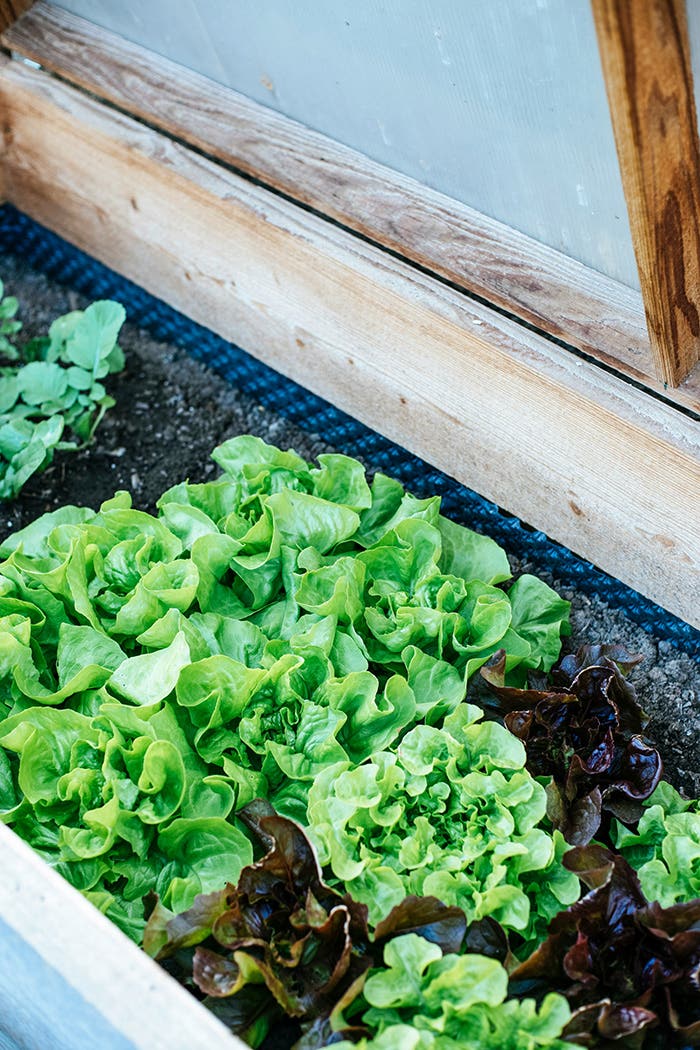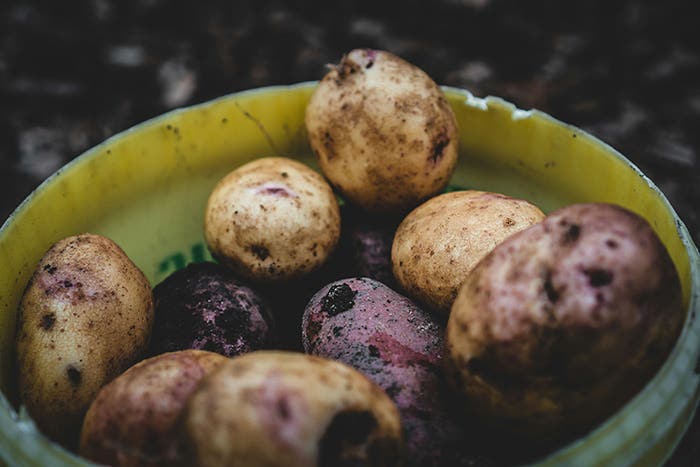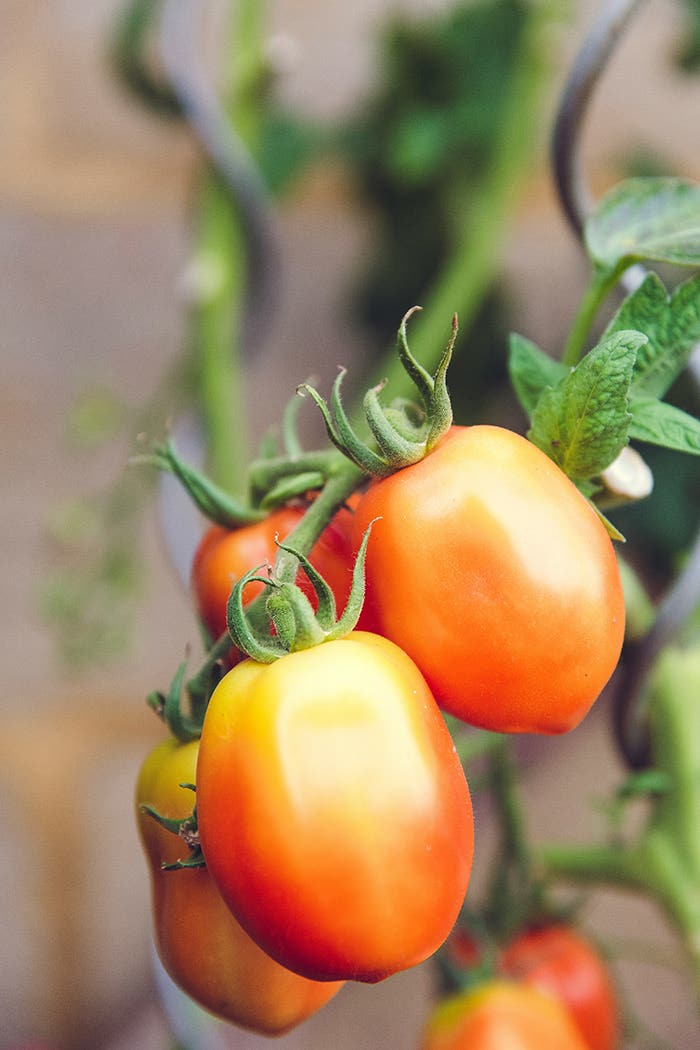How to Freeze Vegetables and Herbs from the Garden
When faced with more of a homegrown harvest than you can use or give away, it’s time to preserve it. Freezing is an easy option.
As an Amazon affiliate, we earn from qualifying purchases made through affiliate links.
When faced with more of a homegrown harvest than you can use or give away, it's time to preserve it. Canning vegetables and drying herbs are excellent options, but there's also the simpler method of freezing them.
To freeze your vegetables, you must first blanch them. (This step is not necessary for herbs.) Take the largest pot you have and fill it with water. Bring to a boil. Meanwhile, fill your sink or another large pot or bowl with very cold water. Place a batch of vegetables into the boiling water and leave them for a few minutes. Then, using a slotted spoon, scoop them out and drop them into the cold water. Remove them from the cold water, drain them and pat them dry.
It’s a good idea to “open freeze” vegetables and herbs before transferring them to freezer bags or plastic containers. Just lay them on a small baking sheet lined with parchment paper and put them in the freezer until they are frozen, then move them into the bags. This prevents the vegetables from freezing in a block. Looser freezing makes it easier to remove just a portion later.
For the best taste, use within 12 to 18 months.
Some more tips:
- Don’t let vegetables languish between the garden and the freezer. Freeze them as soon as possible after picking.
- Always divide the vegetables into batches for blanching. If you blanch too many at once, you will lower the water temperature and they will go soggy.
- Break cauliflower or broccoli into florets and top and tail your beans first.
- You can freeze fruit to turn into jams later or for cooking and baking, but most fruits aren’t very good for eating after they’ve been frozen. Frozen fruits are excellent for smoothies, though, as they can take the place of ice while adding flavor. Open-freeze soft fruits before bagging them (see above).
- When filling freezer bags or plastic containers, leave an inch or two of space at the top for the vegetables to expand.
- Don’t forget to label and date everything.
- For advice on drying herbs and tips on freezing basil and chives, see this post.
Related recommended reading:
Yes, You Can! And Freeze and Dry It, Too! by Daniel Gasteiger is a comprehensive guide to preserving your garden's harvest by a number of different methods.
Get started in canning with the steps and recipes in Beginner's Guide to Canning by Diane Devereaux.


